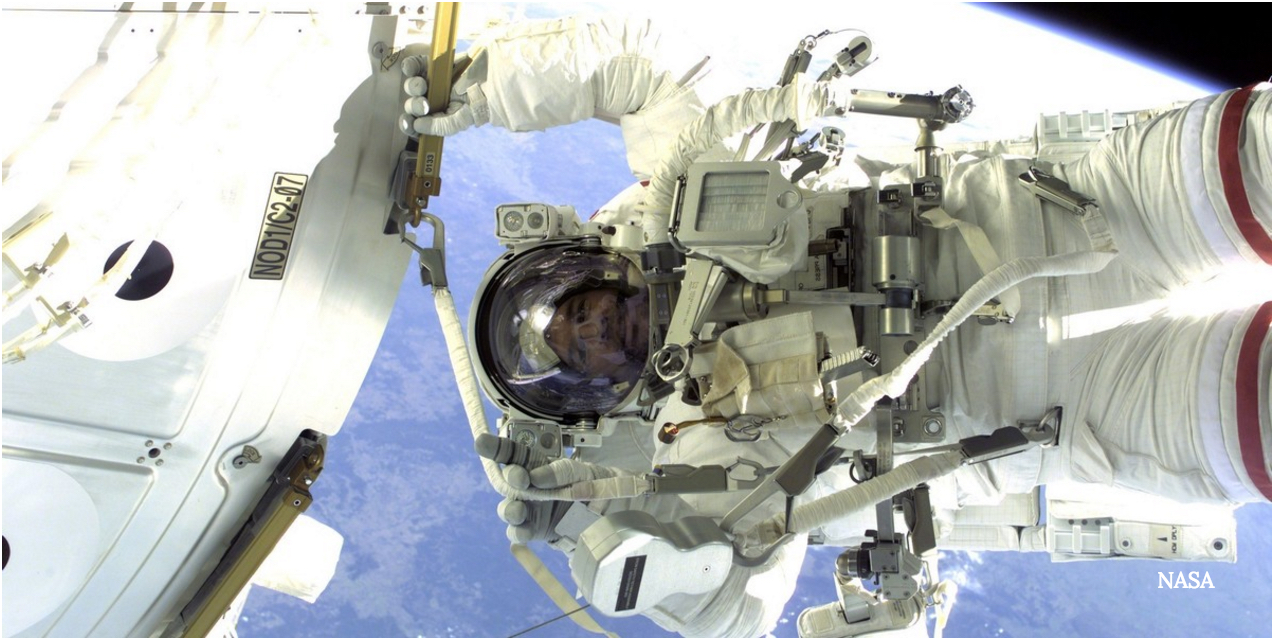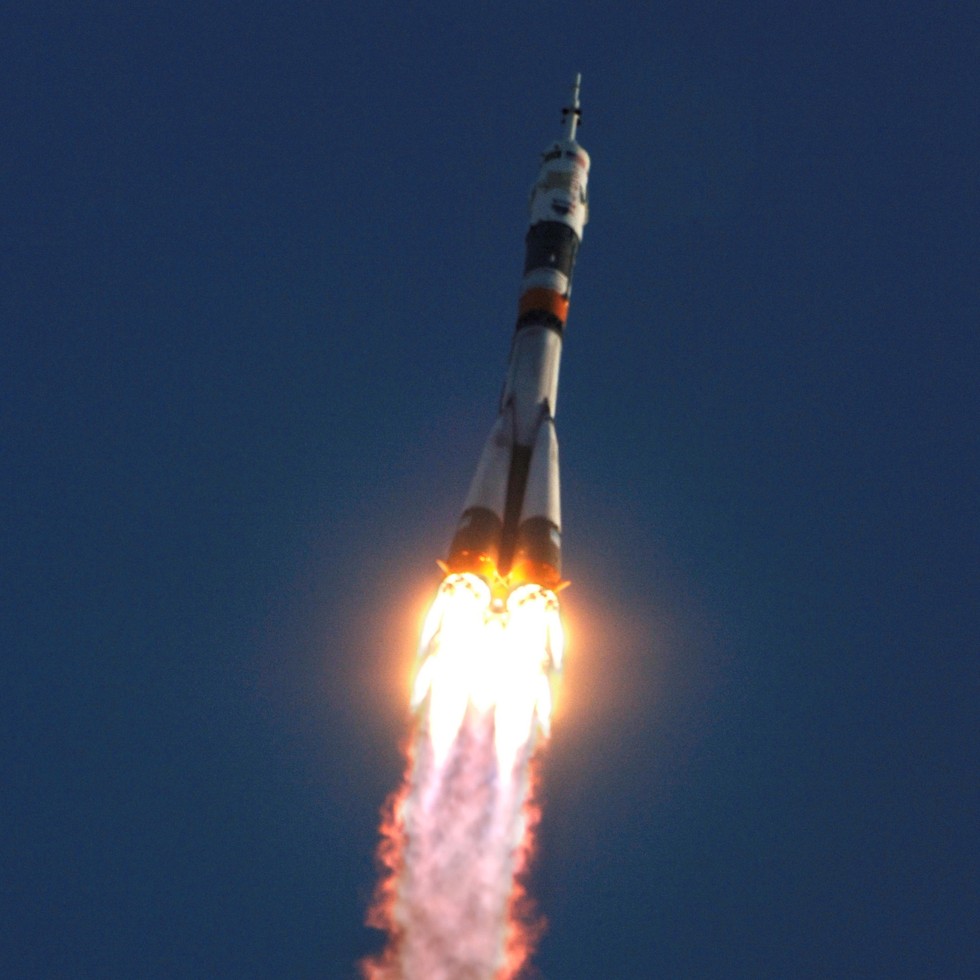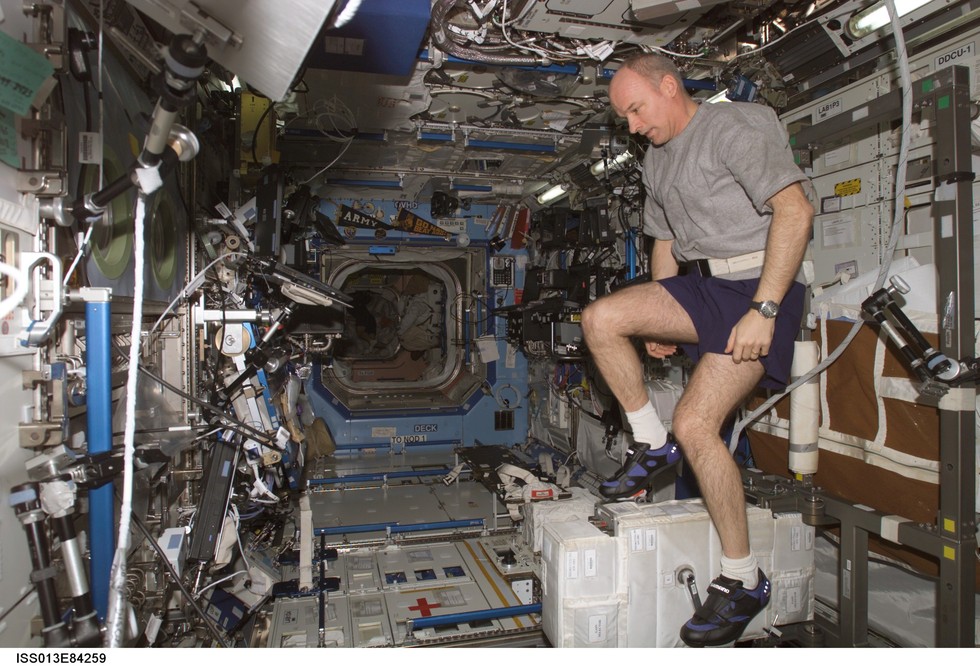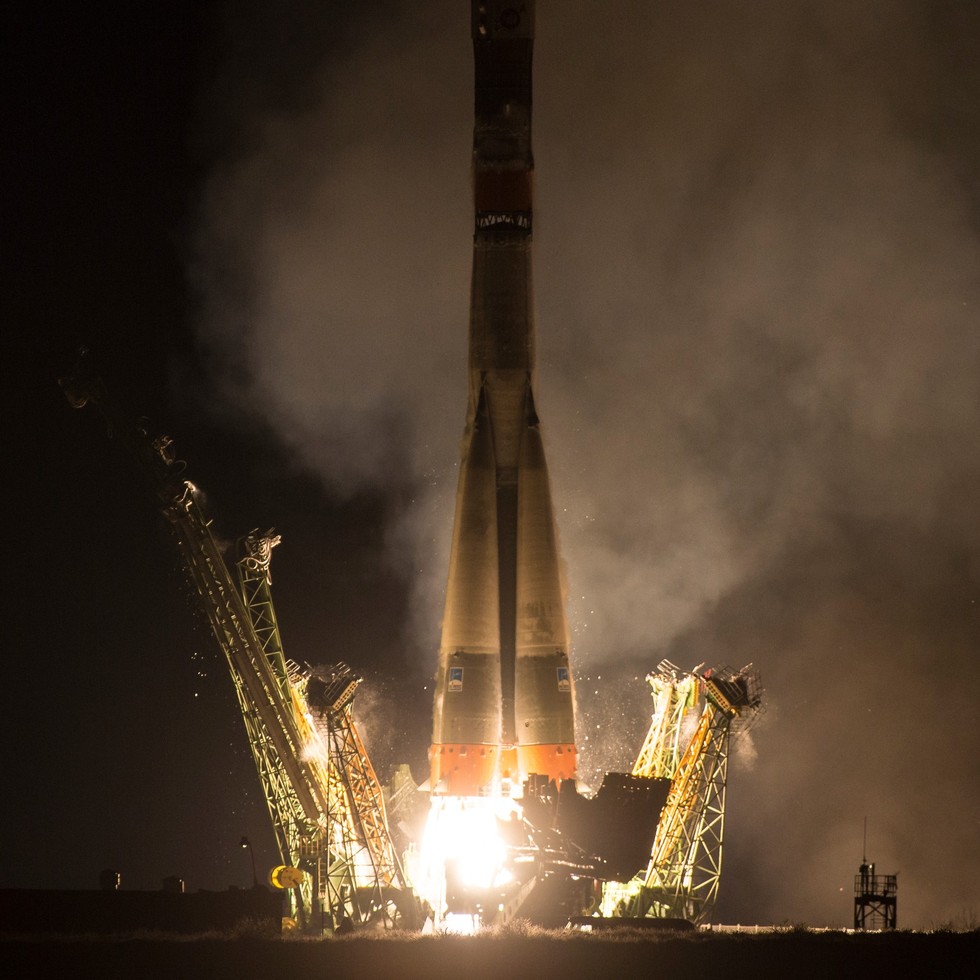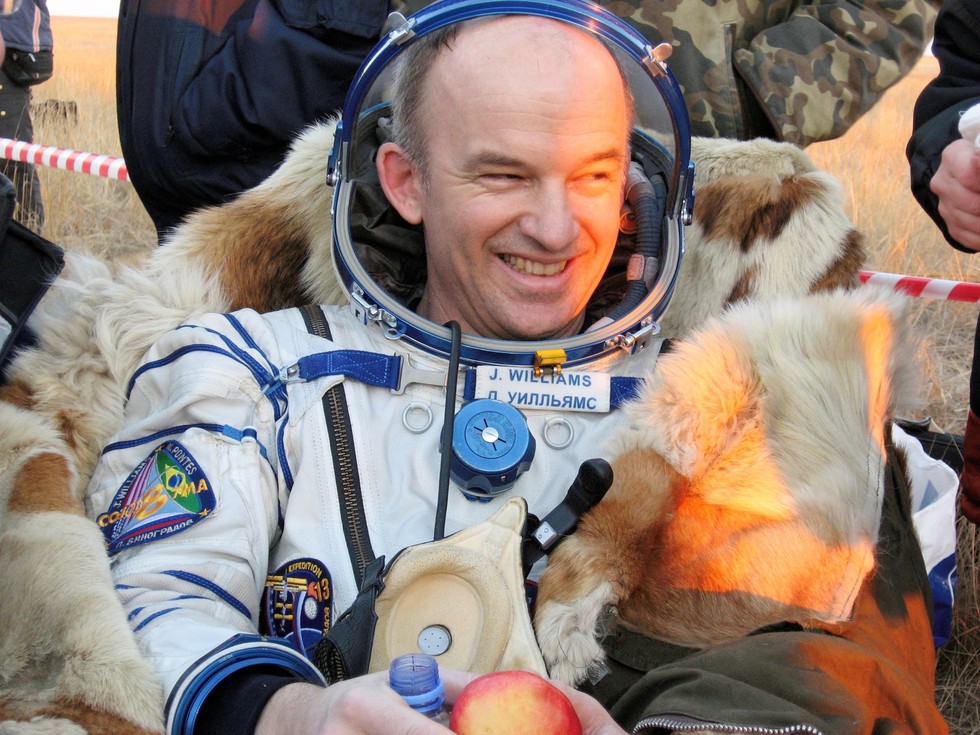Astronaut Jeff Williams to Become NASA's Longest-Duration Space Flier (Photos)
Breaking a Record
On August 24, Expedition 48 commander Jeff Williams will break a U.S. space milestone: he will spend more than 520 days in space across three missions. This surpasses the mark left by Scott Kelly, a member of the one-year crew that just landed in March.
Where It All Began
William's career in space has lasted almost as long as the construction of the International Space Station (ISS). In 2000, he was on the crew of STS-101, which was only the third flight to the orbiting complex. Part of the crew's main duties were to outfit the new space station with tons of equipment, including the mundane (sewing kits) and the interesting (an IMAX film camera).
The Best View Outside of This World
There was only one spacewalk during STS-101 and Williams was lucky enough to be part of it. The six-hour, 44-minute excursion with James Voss did work on two cranes (U.S. and Russian). They also installed several handrails, a camera cable and a new antenna to replace a faulty one. This spacewalk was only the fifth one done for ISS construction (which ended up requiring dozens of spacewalks over more than a decade).
Riding Russia's Rocket
The ISS gave NASA astronauts the opportunity to fly on Russian spacecraft, which hadn't been done since the Mir space station ear of the 1990s. Here, you can see the liftoff of the Soyuz rocket from Kazakhstan carrying Williams, Pavel Vinogradov and Marcos Pontes. Pontes, the first Brazilian astronaut, was not a member of Expedition 13 and returned on another Soyuz after a nine-day mission.
Watching the Upgrades
You can bet that Williams has seen a lot of changes on the ISS during its lifetime. The exercise bike known as the Cycle Ergometer with Vibration Isolation and Stabilization System (CEVIS) is the same in 2016 as the one he is using here in 2006, but other exercise equipment has changed. The newer treadmill is more robust, and astronauts now use a piston-resistance device for weight-lifting. And we're not even talking about the major changes to the configuration of the station; most recently, astronauts have been preparing docking ports for the SpaceX and Boeing spacecraft that will start bringing astronauts in 2017 or 2018.
Spacewalks Galore
On the ISS, crew members have to be adaptable for all sorts of different scenarios. Everybody receives basic training in skills such as robotics, spacewalking, medicine and repairs so that different people can jump in to do required tasks. Occasionally, U.S. astronauts even get to try spacewalking using the equipment with Russia, which led to this spacewalk that Williams did in an Orlan spacesuit during Expedition 13. This requires that astronauts have an intermediate-level proficiency in Russian before leaving Earth.
A Third Mission — And the Second Long-Duration One
Williams here is launching on Expedition 47/48, his third space mission and second long-duration one. Riding with him are Russians Aleksey Ovchinin and Oleg Skripochka. With the more recent launches to the ISS, NASA and its partners have been focusing on the effects of long-duration spaceflight. The U.S. and Russia just completed a one-year mission in space, and the space station also hosts regular rotations of five to six months each. This means that there is now a database of a few dozen astronauts who have spent longer periods of time in space. They are being monitored for effects on their health, as microgravity can affect everything from your muscles to your bones to your eyesight.
Breaking space news, the latest updates on rocket launches, skywatching events and more!
Bowling in Space
One benefit of being a many-time visitor to the ISS is sometimes, you even get to do the same experiments! You can see Williams working on an experiment here is 2016 called SPHERES, which he also had the chance to do during Expedition 13 in 2006. The mini-satellites are used to test automated rendezvous and docking between machines. This will help engineers design future missions that use tools such as formation flying or satellite repair.
High-Flying Communications
The ISS Internet is much faster than it used to be, and astronauts also have the ability to tweet from space. Tweeting from his account @astro_jeff, Williams has been broadcasting daily pictures and videos of the Earth for nearly 90,000 viewers. He also has been tweeting many well-wishes for the Olympics, which will take place this month while he is watching Rio from far above.
Preparing for Mars
By the time Williams returns to Earth on Sept. 6, he will have handily broken the record of Scott Kelly's 520 days in space. While the two men racked up the milestones across multiple mission, Kelly got more attention because he spent nearly a year in space — a first for the United States. NASA is hoping that long-duration flights on the International Space Station generally will help with planning for a mission to Mars. When such a mission takes place, astronauts would likely have to spend a couple of years on a mission So the ISS program aims to have more one-year missions before the station is scheduled to be deorbited in the 2020s.
Originally published on Discovery News.

Elizabeth Howell (she/her), Ph.D., was a staff writer in the spaceflight channel between 2022 and 2024 specializing in Canadian space news. She was contributing writer for Space.com for 10 years from 2012 to 2024. Elizabeth's reporting includes multiple exclusives with the White House, leading world coverage about a lost-and-found space tomato on the International Space Station, witnessing five human spaceflight launches on two continents, flying parabolic, working inside a spacesuit, and participating in a simulated Mars mission. Her latest book, "Why Am I Taller?" (ECW Press, 2022) is co-written with astronaut Dave Williams.
